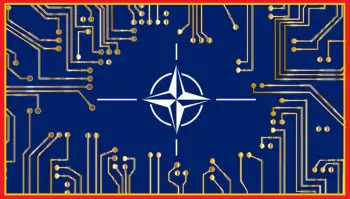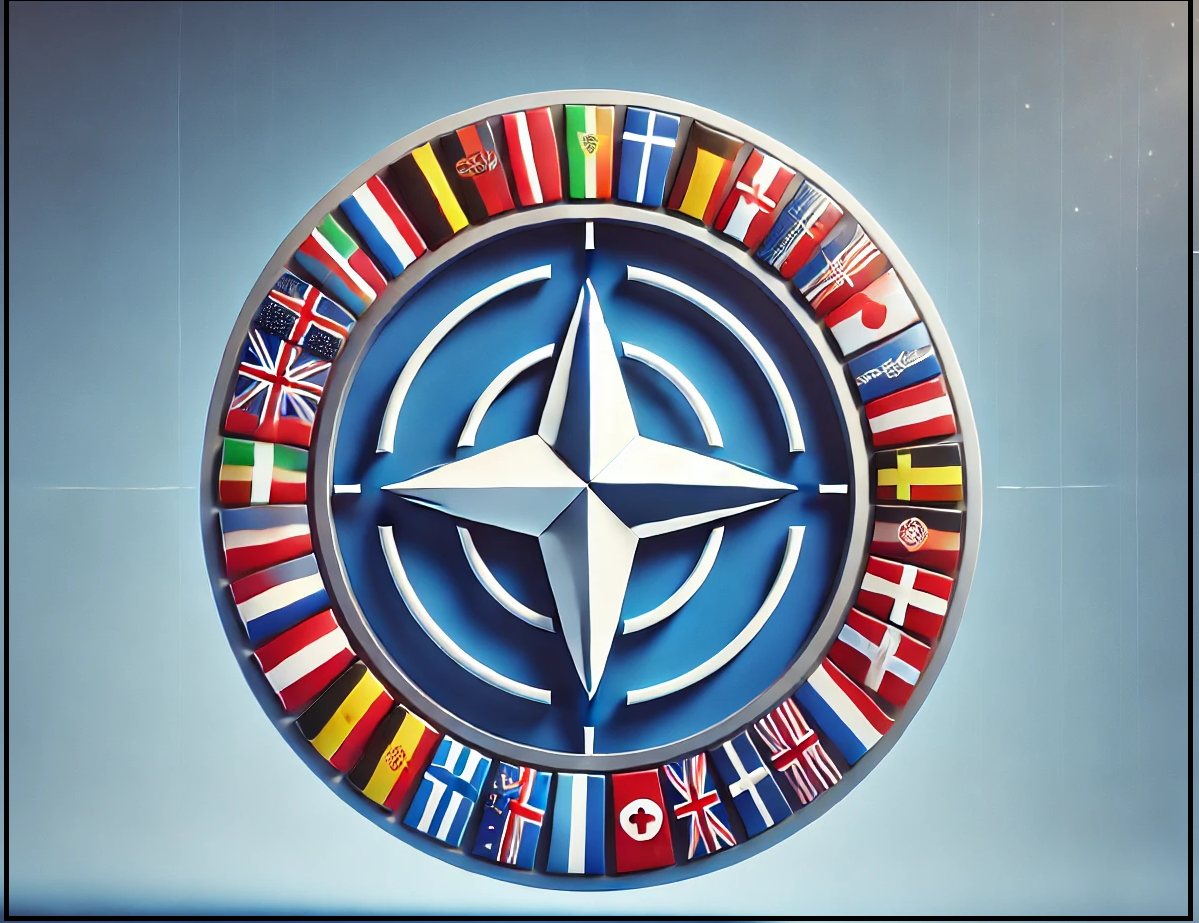NATO Expands Cyber Defence Pact to Tackle AI Threats in Historic Security Shift
Brussels, July 13, 2025 — In a bold move that reflects the fast-evolving nature of global warfare, NATO has officially expanded its Cyber Defence pact to counter threats emerging from artificial intelligence (AI). This decision represents a landmark moment in international security policy, as the alliance formally recognizes AI-based cyber threats as a critical concern on par with traditional cyberattacks.
The announcement came after a high-level meeting of NATO Defence ministers in Brussels, where NATO member states unanimously agreed to update Article 5-related digital protocols, allowing AI-related cyberattacks to trigger collective Defence measures if deemed severe enough.
Why AI Threats Now Fall Under NATO’s Cyber Umbrella
The emergence of AI-driven hacking systems and AI-generated disinformation campaigns is rapidly transforming the nature of global threats. Cyberattacks are no longer limited to breaking through firewalls. They now have the power to destabilize the Government, manipulate public opinion, and cripple military response in real time.
According to NATO Secretary-General Jens Stoltenberg, “The next battlefield will be digital and AI will play a vital role both as a weapon and a shield in the battlefield. Our collective defence must evolve to counter new-generation threats.”
AI-Driven Attacks Underscore Need for Rapid Response-
While NATO has been monitoring AI developments and its potential for years, recent incidents have intensified the urgency of Policy changes.
A suspected state-sponsored group reportedly used generative AI to create highly realistic phishing campaigns targeting European military agencies. Another group leveraged AI bots to spread false information about troop movements in Eastern Europe, leading to regional panic and political backlash.
In light of these examples, expanding the NATO Cyber Defence AI threats clause was seen as not just proactive, but an essential measures.
How Will NATO Implement AI Cyber Defence?
NATO has outlined a multi-tiered strategy:
- Early Detection Systems: Using machine learning tools to monitor anomalies and predict potential AI-driven cyberattacks.
- Alliance-wide AI Ethics Guidelines: Ensuring responsible AI use among member states.
- Joint AI Task Force: A new unit dedicated to evaluating AI threats and coordinating rapid responses.
Member nations will also invest in AI R&D to match the offensive capabilities of potential adversaries, many of whom are believed to be heavily investing in autonomous cyber tools.
Global Reactions and the Road Ahead
The expansion of NATO cyber defence AI threats has drawn both praise and concern from critics. While allies like Japan and Australia welcomed the move as a “timely step toward futureproofing digital security,” whereas some nations criticized NATO for blurring the line between defence and AI militarization.
Meanwhile, tech experts and cybersecurity analysts have called this development a “wake-up call” for global powers. Elena Markovic, a leading cyber warfare analyst stated that “AI is not a tool of the future but it’s a threat of the present,” he further stated that “NATO is the first major alliance to acknowledge it in a meaningful way.”

Conclusion
By expanding its cyber Defence framework to include AI threats, NATO has made it clear that the future of warfare lies not just on battlefields, but inside servers, code, and algorithms. As AI continues to redefine the rules of global engagement, defence alliances must evolve or risk falling behind.
For NATO, this update is not just about technology but it’s about trust, coordination, and collective resilience in an age where wars may be fought in silence, with code as the weapon and intelligence as the battlefield.
🔎 FAQs on NATO Cyber Defence AI Threats
What is NATO’s cyber defence pact?
NATO’s cyber defence pact allows member nations to respond collectively if a cyberattack is considered severe enough to invoke Article 5, which treats it as an attack on the entire alliance.
What’s new in NATO’s latest update to the pact?
The latest update includes AI-related threats such as AI-powered cyberattacks and disinformation campaigns under NATO’s collective defence mechanism.
Why is NATO including AI threats in its cyber defence strategy?
NATO recognizes that AI is increasingly being used for cyberattacks, including deepfakes, autonomous malware, and data manipulation. Including AI threats ensures better preparedness for modern digital warfare.
Can AI-generated disinformation now trigger NATO’s collective defence?
Yes, under specific circumstances. If AI-generated disinformation significantly threatens national security, stability, or defence infrastructure, NATO may classify it as a serious cyberattack.
Has NATO faced AI-related threats recently?
Yes. In the past year, AI has been linked to phishing attacks, military misinformation campaigns, and the use of deepfakes targeting NATO personnel and European agencies.
How will NATO respond to AI-powered cyberattacks?
NATO plans to use real-time detection tools, form a Joint AI Task Force, and coordinate immediate defensive and counter-cyber operations among member nations.
What is the significance of this move for global cybersecurity?
This sets a new international benchmark. NATO is the first major defence alliance to formally recognize AI threats as national security risks, signalling a shift in how cyberwarfare is understood.
What role will ethics play in NATO’s AI cyber strategy?
NATO will implement ethical guidelines for responsible AI development and use within the alliance, ensuring AI defence tools are used transparently and lawfully.
Which countries supported NATO’s AI-related cyber expansion?
All NATO member nations unanimously supported the update. Strategic partners like Japan and Australia also endorsed the move, praising it as forward-looking.
What does this mean for the future of cyber warfare?
The inclusion of AI threats in NATO’s cyber defence reflects a new era where warfare may be fought digitally, with algorithms and code as weapons making cyber preparedness more important than ever.




